Category: ww2 French Naval Aviation
Levasseur PL.4 (1927)
Aéronautique Navale: 40 built total Few aircraft manufacturers have been as inextricably linked to the history of carrier-based aviation as…
Hanriot HD.2
Hanriot HD.2 (1917) Naval Fighter, Marine Nationale/USN The Hanriot HD.2 was a French biplane floatplane fighter, a derivative of the…
Latécoère 298
Aéronautique Navale: 129 built total The best French floatplane ? A Laté 298 dropping its payload during exercises A navy…
Loire 130 (1934)
Aéronautique Navale: 125 built total 1934-1941 The Main French Catapulted Observation Floatplane The Loire 130 came from a request in…
Loire 210 (1935)
Aéronautique Navale: 19 built total The French Naval Fighter A forgotten model, this French naval aircraft was the first dedicated…
Gourdou-Leseurre GL-800 series
Gourdou-Leseurre GL-800 HY series (1926-1938) Aéronautique Navale. L2, L3, GL-810, 811, 812, 813, 830, 831, 832 HY (108 built) The…

Loire-Nieuport LN.40 (1938)
Loire-Nieuport LN 40 (1938) LN 401 Aéronautique Navale; LN 411 Armée de l’Air: 152 built total The French “Stuka” France…

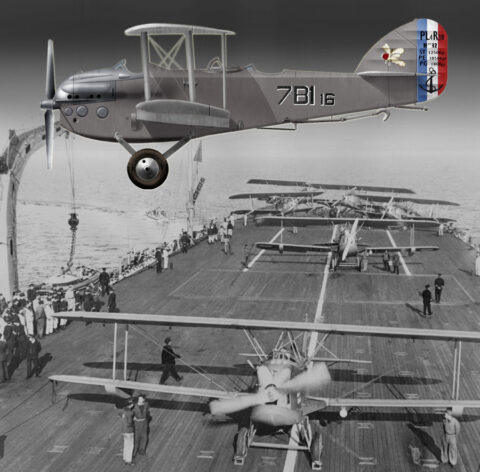
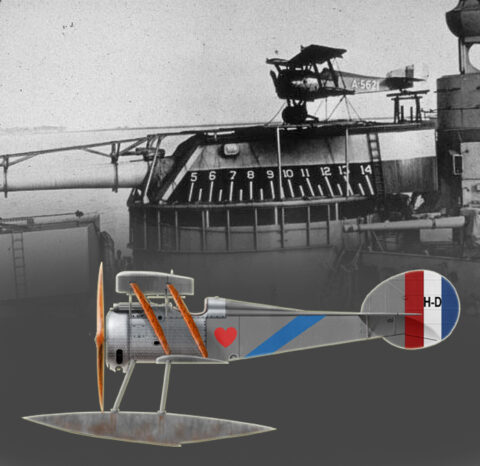
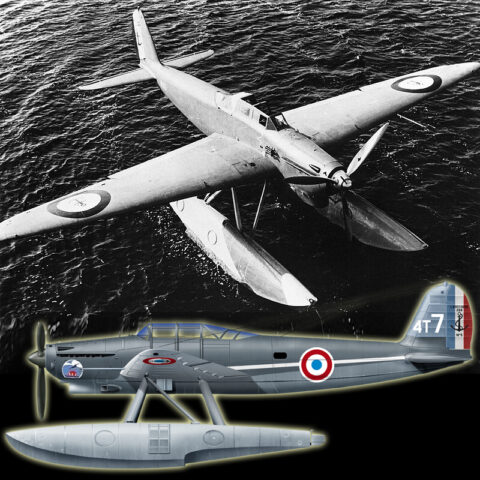
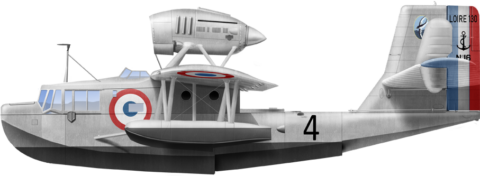
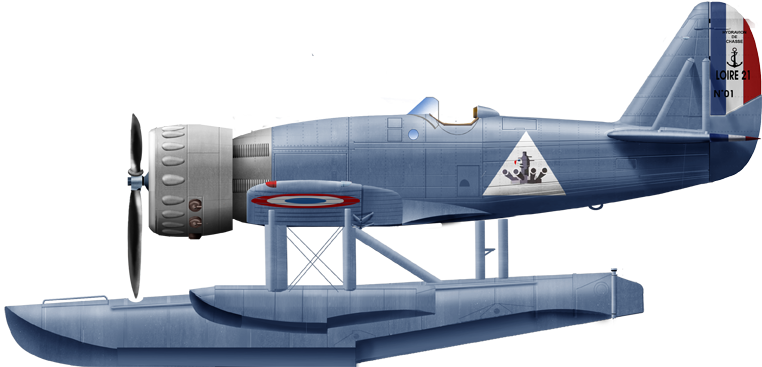
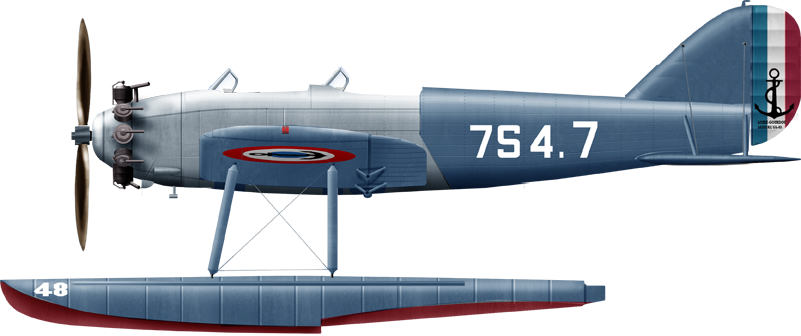
 dbodesign
dbodesign